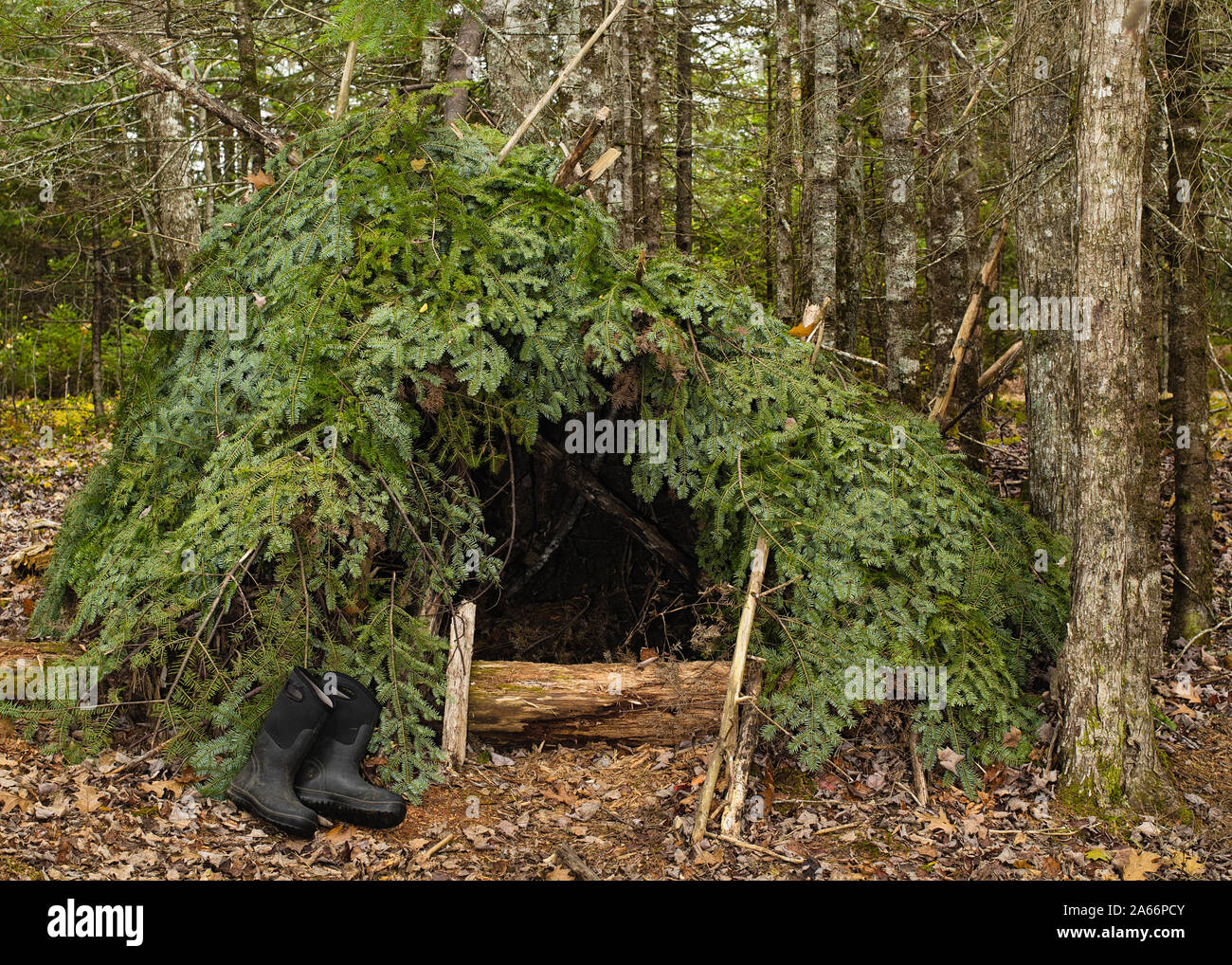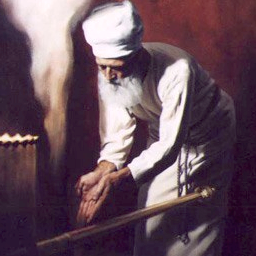BS’D
Suka 19b
Iyar 8, 5781. April 20, 2021
1- Sukkah walls and schach. Can they be one continuous piece? Like leaning a row of tall bamboo sticks against a wall thereby creating a ‘wall and schach’. Or perhaps there needs to be a demarcation line showing where the wall ends and the schach begins.

We encountered an interesting Mishna which throws some light on a topic discussed by many.
Who wrote or compiled the Mishnayos?
The Mishna, when discussing the concept of whether the schach and the walls of a Sukkah need to be defined as two separate entities states the opinion of Reb Eliezer (saying such a Sukkah is פסול) and the Chachamim (saying that such a Sukkah is כשר).
It would follow that the Halachah is for such a Sukkah to be כשר since that is the opinion of the חכמים – the majority.
However, the Gemara quotes an opposite view, based upon a ברייתא, that the opinions are reversed, with the Chachamim saying that such a Sukkah is פסול and Eliezer saying that such a Sukkah is כשר.
The two opinions, as stated in our Mishna, with the majority saying it’s כשר, are based upon the singular מסורה of Reb Nosson.
In Halacha however, we follow the ברייתא, that says the majority opinion is that such a Sukkah is פסול , opposite to what we see in our Mishna.
2- So here is the question: Why do we have in our Mishnayos the two opinions as they were stated by Reb Nosson who is a single/minority view?
Why did Rebbi write or insert such a version of this מחלוקת , knowing that in reality the opinions are totally reversed?
3- This touches upon the topic mentioned above.
Did Rebbi actually write all the Mishnayos?
Or perhaps the bulk of the Mishnayos existed already and Rebbi’s role was the compiling and organizing them all into a structured format by creating six סדרים and 60 מסכתות, chapters and individual Mishnos?
This is a much discussed topic with proofs and counter proofs to each side.
4- One example is the Rashi, BM 33b. From Sefaria
Since from the time of the disciples of Shammai and Hillel, three generations before him [meaning Rebbi], there were great disputes regarding the meanings of the Torah and there arose the possibility of there being two Torahs amongst Israel, due to the oppression of the kingdom [Rome] and the evil decrees passed against Israel.
Because of these [troubles] they [the scholars of Israel] were unable to clarify the differing opinions and settle them, until [came] the time of Rebbi.
Then did the Lord give favor unto Rebbi in the eyes of the Roman emperor, Antoninus, and the troubles subsided, and Rebbi was able to gather all of the scholars of the Land of Israel to him [in Beit She’arim and Tzippori].

(Though Rebbi could have had a friendship with a different Antoninus)
Until his [Rebbi’s] days, there were no established tractates [of the Oral Law] but rather every student studied and reviewed lectures that he heard from the great men and he ascribed to them these teachings-“this halachah heard from this and this scholar.”

Now, when they all gathered together [at Rebbi’s yeshivah], each of the scholars repeated what he had learned and together they worked to clarify the reasons behind disparate opinions and they settled as to which opinion was to be deemed correct.
And then they arranged these opinions and decisions into tractates: the laws of torts by themselves, the laws of levirate marriages by themselves, the laws of the Temple service by themselves, [etc.].

And they quoted the opinions and decisions of many scholars anonymously, for Rebbi agreed with their decisions and therefore quoted them anonymously in order to indicate that so is the halacha.
5- We discussed if our Mishna, stating the opinion of a single person, Reb Nosson, as to the opinions of Reb Eliezer and the Chachamim, is proof that this Mishna was not composed by Rebbi. For surely he would have not written it the way we have it.
If Rebbi was only an editor, then it makes sense. For some reason he decided to ‘paste’ this singular opinion into the corpus of the Mishnayos despite him knowing that most disagreed with Reb Nosson.
6- Another proof we discussed is the famous story of the families that produced the לחם הפנים and the קטורת for the Beis Hamikdash.

By not divulging the secret ingredients and processes to produce these items to others, they were ‘mentioned to shame’ in the Mishna in Yuma 38a and Yerushalmi Shekalim. 13a, 14b.
However, Reb Akiva relates 2 heartbreaking stories concerning the Avtinas family and their refusal to divulge the process of creating the קטורת.

Rabbi Akiva said: One time Rabbi Yishmael ben Loga related to me: One time I and one of the descendants of the House of Avtinas went out to the field to collect herbs, and I saw that he laughed and he cried. I said to him: Why did you cry? He said to me: I was reminded of the honor of my forefathers, how important they were in the Temple. I said to him: And why did you laugh? He said to me: The Holy One, Blessed be He, is going to restore it to us in the future and we will be honored again. I said to him: And why are you reminded of this now? He said to me: The smoke-raising herb is before me, here in the field, reminding me of the past. I said to him: Show it to me; which one is it? He said to me: We are bound by oath not to show it to any person other than the members of our family.

Rabbi Yocḥanan ben Nuri said: One time I found an old man who had in his hand a scroll with the location and formula for blending of spices. I said to him: Where are you from? What is your ancestry? He said to me: I am from the House of Avtinas. I asked him: And what is in your hand? He said to me: A scroll of spices. I said to him: Show it to me. He said to me: As long as the House of Avtinas, my forefathers, was extant, they would not pass it on to anyone. And now, here it is; and be careful with it not to give it to anyone.
Here is the interesting conclusion Reb Akiva arrived at:
And when I came and related my statement before Rabbi Akiva, he said to me: And now that they have surrendered the scroll to worthy recipients since they are unable to maintain its sanctity, it is prohibited to mention them unfavorably, as even their earlier reticence was apparently for the glory of God.
And yet, our Mishna still says that the house of Avtinas is always mentioned not favorably!
As above, some say that this is another proof that Rebbi placed into the Mishnayos original texts that were received from previous generations without the correction of later generations.
On the other hand, as we spoke at the shiur, the other school of thought has an answer to this last proof.
7- We began the Mishna that discusses using mats מחצלת for סכך.
